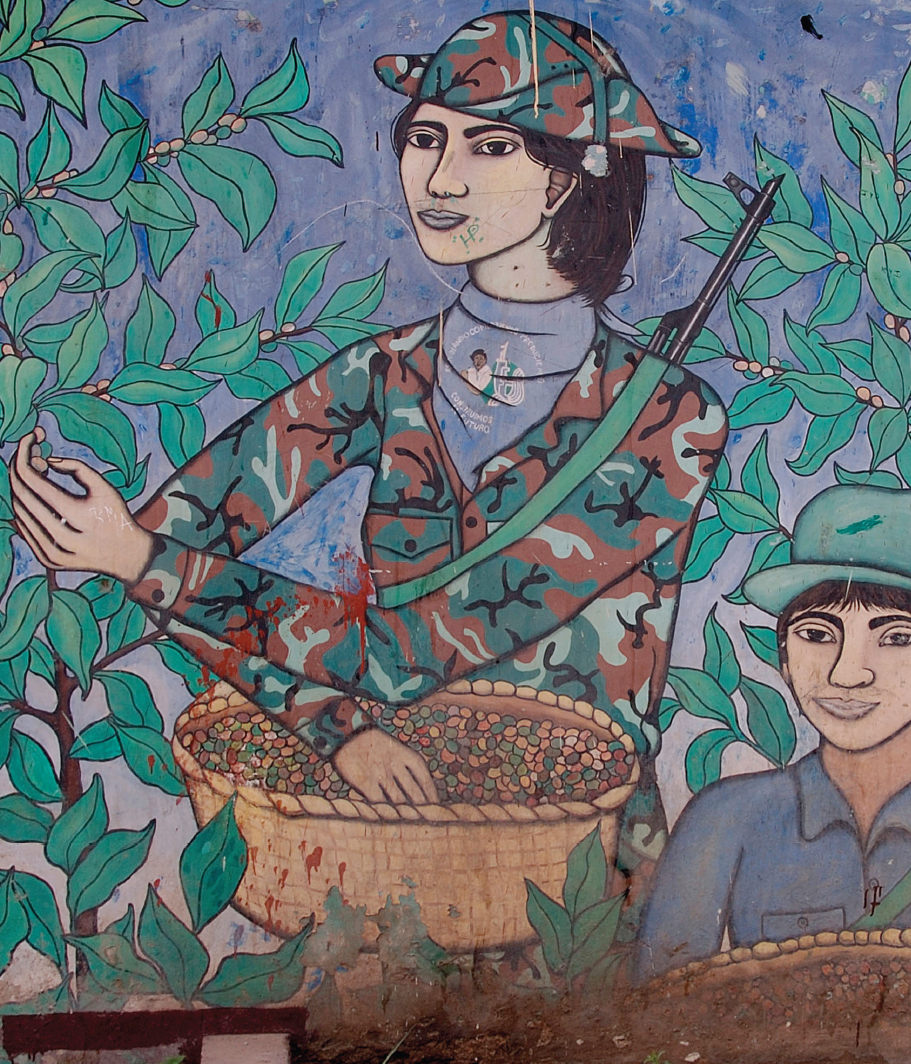A History of World Societies:
Printed Page 991
A History of World Societies Value
Edition: Printed Page 1006
Introduction for Chapter 32
32
Liberalization
1968–2000s

In the 1970s two currents ran against each other in much of the world. The radicalism of liberation in decolonization, revolutions, and mass social movements continued. Women’s movements achieved important successes in pressing for reproductive rights and equity in education, employment, and compensation, both in the West and in nationalist regimes around the world. The most dramatic phase of decolonization in Africa and black civil rights mobilization in the United States had succeeded, but the hard work of making new nations function, or of achieving racial equality, continued.
But alongside this current ran a different one whose influence was not easily apparent in the early 1970s but was undeniable by the 1990s: liberalization. Liberal political and economic ideology experienced a resurgence. After the Second World War, the United States had championed liberal economic policies and global free trade, but this objective ran against the desires of other countries to protect and promote their own industrialization and economic development. In the last decades of the century, the U.S. drive for global liberalization of trade experienced greater success, while reform movements in the Eastern bloc and in Latin America pursued human rights and political liberalization.